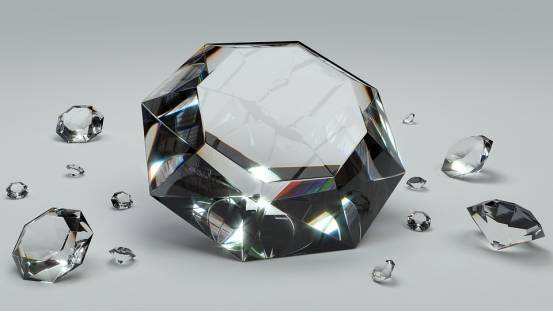A mysterious structure located deep in the core-mantle boundary, where seismic waves exhibit significant slowdowns. These areas are often referred to as “ultra-low speed zones” and may be only a few miles or hundreds of miles wide. They are also associated with strange mantle structures, such as the two giant blobs under Africa and the Pacific Ocean.
At the core-mantle boundary, the temperature is at least twice that of lava and high enough for water to escape from hydrated minerals. Thus, a chemical reaction comparable to the rusting of steel could occur near the Earth’s core-mantle boundary.
During the researchers’ experiments, water and an iron-carbon alloy were compressed and heated to conditions similar to those at the core-mantle boundary, and the iron-carbon alloy was melted. Scientists have found that water and metals react to form iron oxides and iron hydroxides, much like rust on the surface of the Earth. They observed, however, that under core-mantle boundary conditions, carbon separates from the liquid iron-metal alloy and forms diamonds.
According to the researchers, water behaves very differently near the core-mantle boundary than it does at the Earth’s surface. A split occurs between the oxygen molecule and the hydrogen molecule. Then, due to the strong pressure, the iron attracts the hydrogen gas, so the oxygen from the water remains in the mantle as the hydrogen gas fuses with the core. This causes hydrogen to appear to replace other light elements in the core, most importantly carbon. This carbon is forced from the core into the mantle. The most stable form of carbon at high pressure found in the core-mantle interface is diamond.
The mantle contains three to five times more carbon than scientists expected, and diamonds found in this layer may be responsible for the difference. The researchers calculated that if 10 to 20 percent of the water in the oceanic crust reached the core-mantle boundary, enough diamonds could be produced to explain the carbon content of the crust.
The research team proposes two ways to look for evidence, one by looking for signatures of diamond clusters that may be near the core mantle barrier, and the other by studying diamonds that may originate in the deepest part of Earth’s mantle. Maybe there really is a “diamond factory” deep in the earth.




GIPHY App Key not set. Please check settings